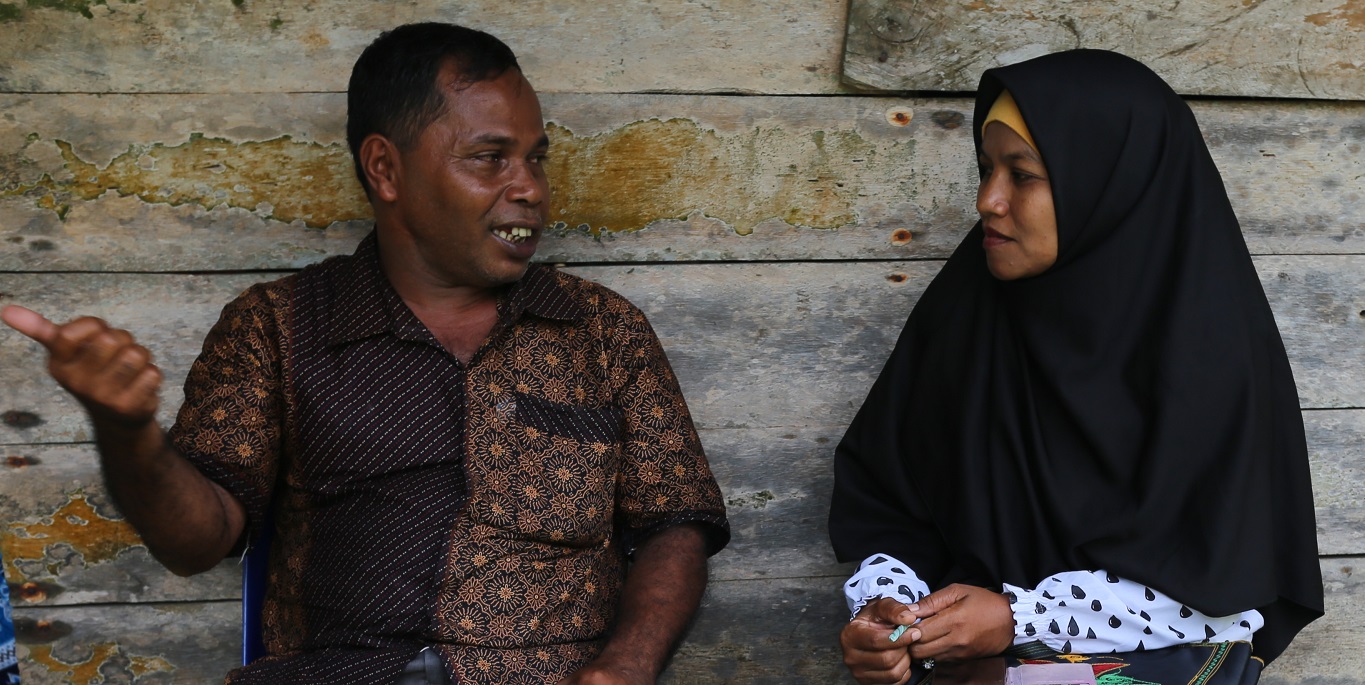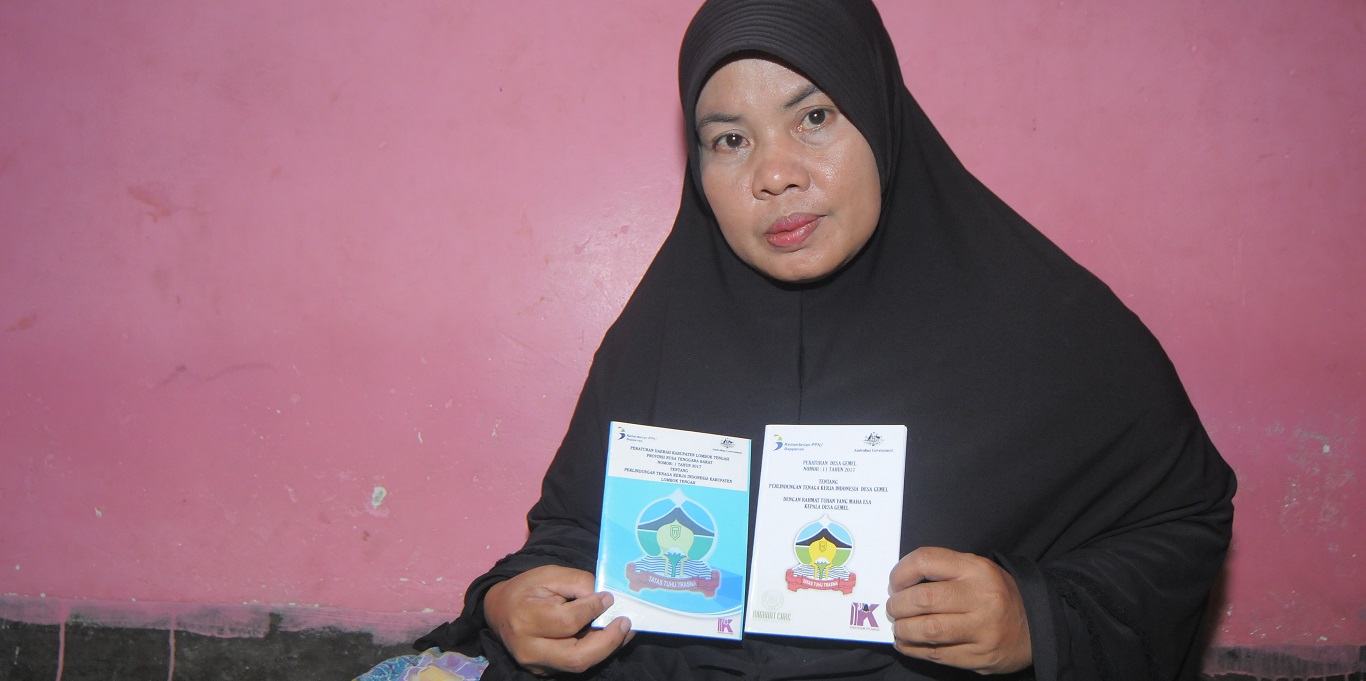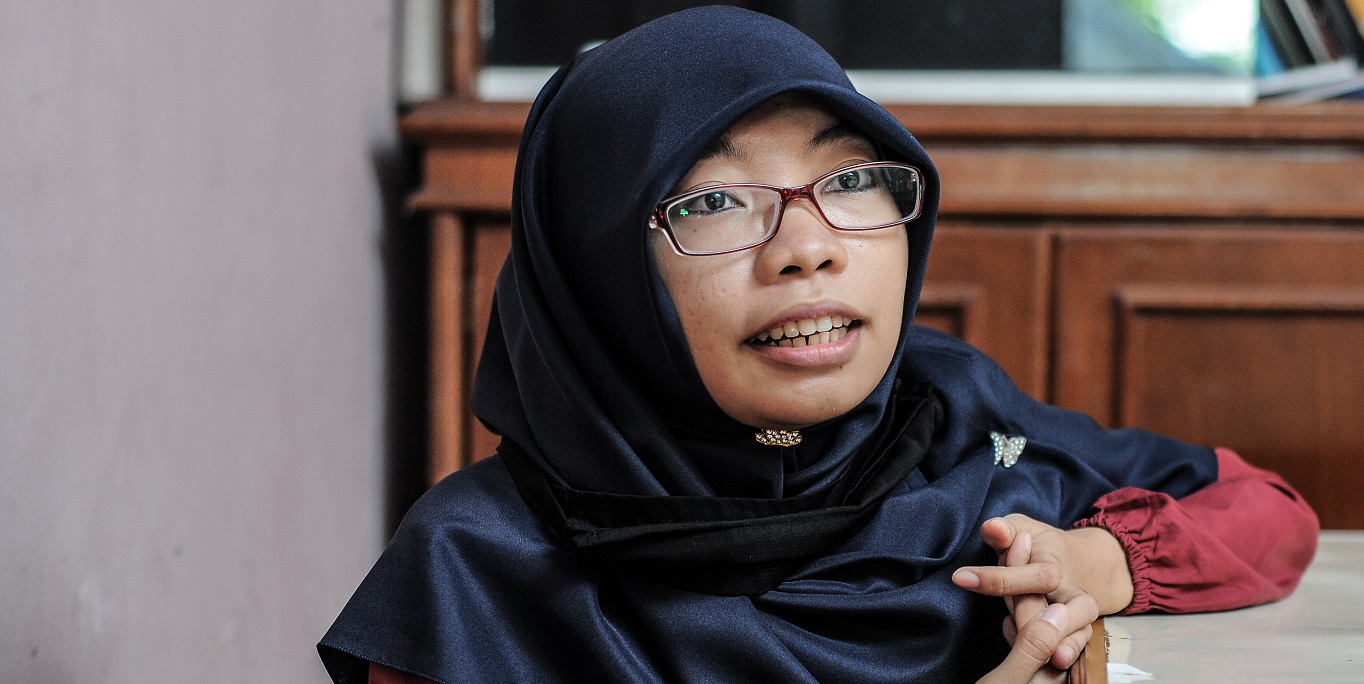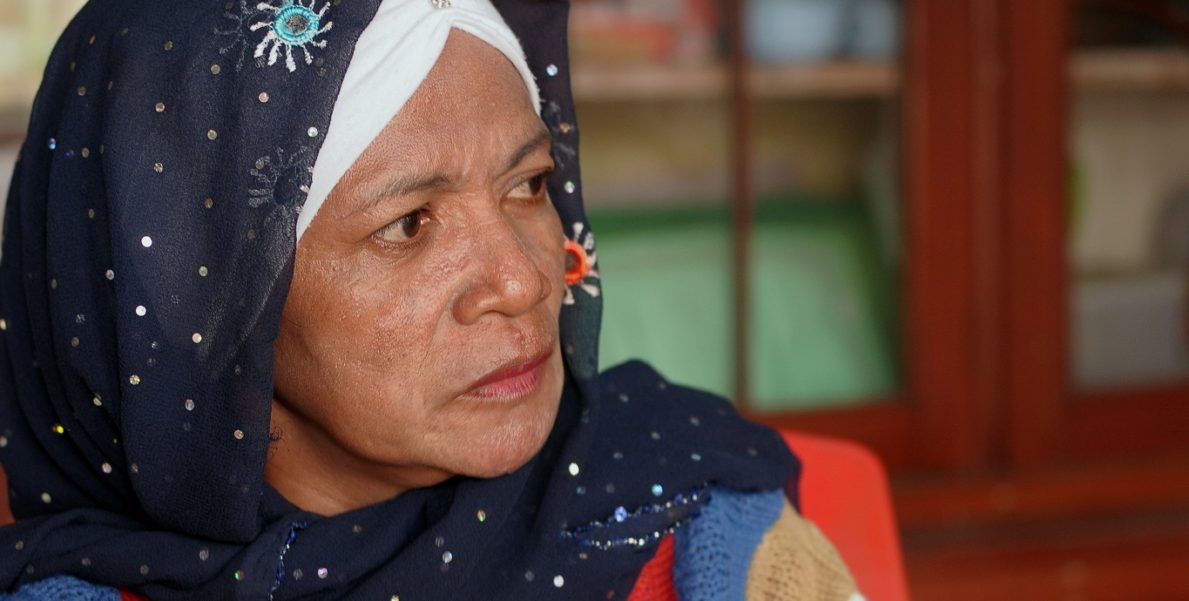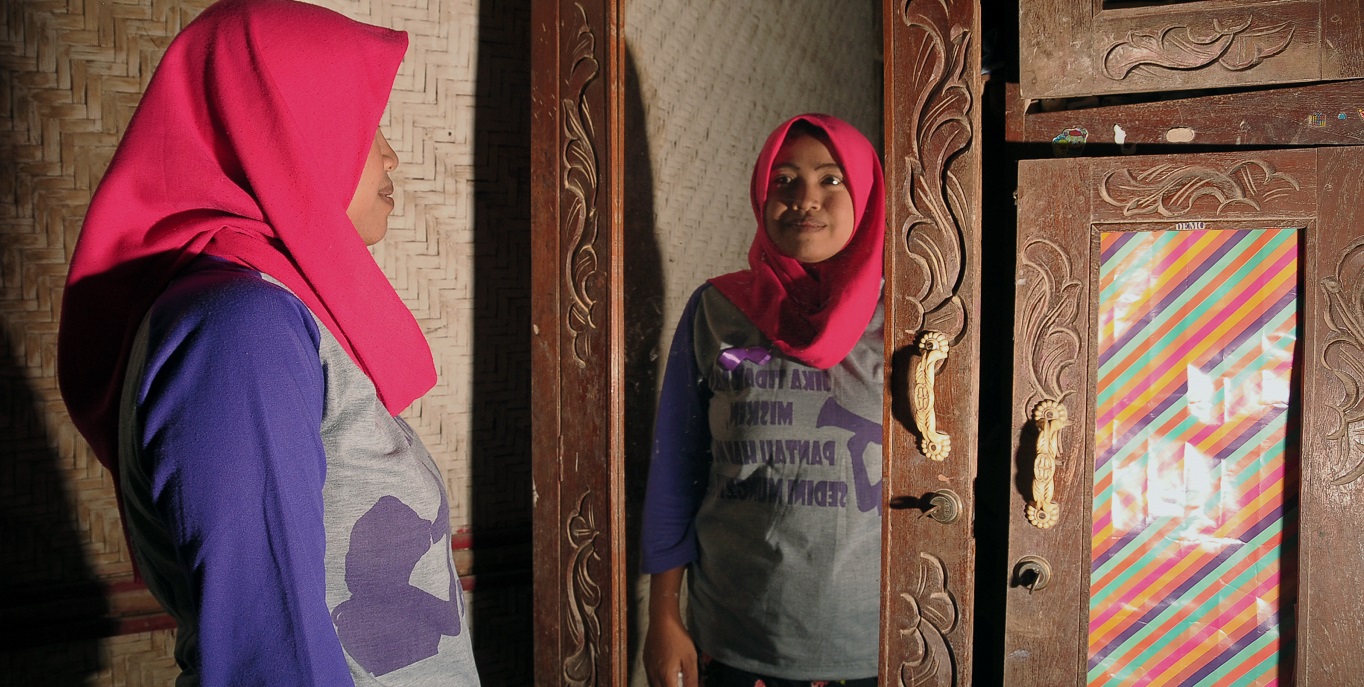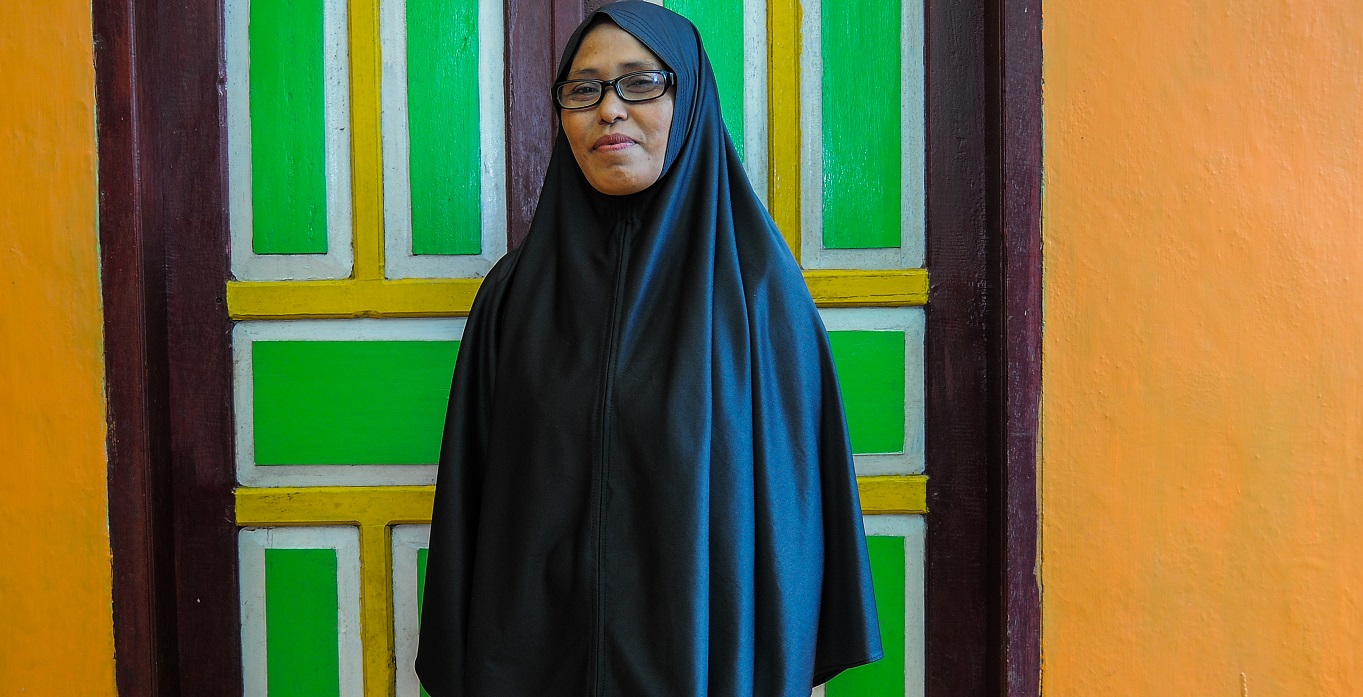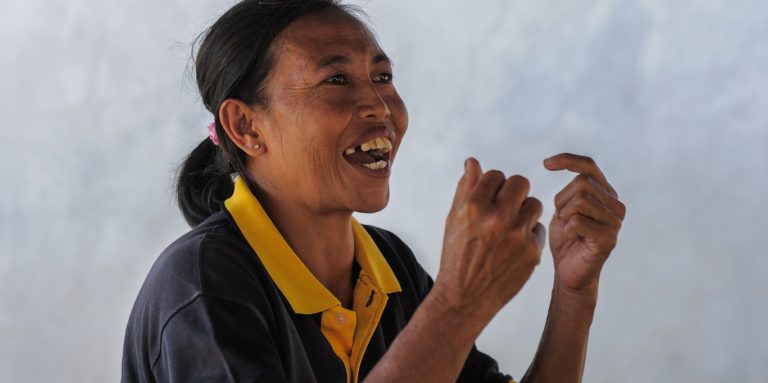Stories
Improving Women’s Access to Government Social Protection Programs
9 May 2018Penulis: admin
The Government of Indonesia has prioritised the development of a national system for social protection as a central plank of its poverty reduction efforts. Social protection currently accounts for 1.2 per cent of GDP, of which around one third (0.5 percent) goes to household social assistance, to help poor and vulnerable men, women and children manage the impacts of financial shocks and lift themselves out of poverty [1].
While there are no formal restrictions on women accessing social protection and poverty reduction programs, there are intangible barriers which prevent them from taking up these opportunities. The 2007–2009 Access and Equity Survey found significant issues with program targeting [2] and that female headed households were generally too poor to afford the transportation and court fee costs required to gain legal recognition of their head of household status [3].
Design consultations and research identified four possible entry points for the program. The first is social assistance targeting and the development of the new unified beneficiary database which aims to produce more accurate lists of eligible beneficiaries. A second, related area for reform is the programs’ grievance mechanisms. Ensuring that complaints handling systems are accessible to women, and effective at both resolving individual problems and aggregating complaints data to identify patterns with broader policy implications, will be important for improving poor women’s access.
A third entry point is the ‘socialisation’ of program eligibility requirements and registration procedures. Poor women with low education or literacy and poor access to media (in remote areas, for example) are among the most vulnerable. A fourth access issue is access to identification documents. PEKKA, a CSO working with approximately 16000 poor households, has identified this as a major barrier, and provided excellent support to its members in accessing identification and other important official documents, such as marriage and divorce certificates. Government agencies have been very supportive of PEKKA’s work to provide the documentation that female-headed households urgently need to become eligible for social protection programs, and in fact have begun providing new counterpart budget funds, a move which bodes well for its replication and scale-up under this project.
The proposed outcomes from working in this area include;
(i) improved targeting systems;
(ii) redress and grievance mechanisms accessible to poor women;
(iii) eligibility awareness among beneficiaries; and
(iv) monitoring and feedback systems that reduce the number of poor women excluded from government safety net programs.
[1] The remaining two-thirds are spent on social insurance, comprising mostly pensions and health benefits for civil servants. Protecting Poor and Vulnerable Families in Indonesia: A comprehensive review of Indonesia’s social assistance programs and public expenditures, to support the building of a true social safety net for all poor and vulnerable households, World Bank, 2011. Jakarta. p. 7.
[2] A test survey carried out during preparation of this program found that GoI’s updated targeting instruments still missed 30 percent of total poor headcount households and 62 percent of poor female-headed households.
[3] Increasing Access to Justice for Women, the Poor, and Those Living in Remote Areas: An Indonesian Case Study, 2011, World Bank



